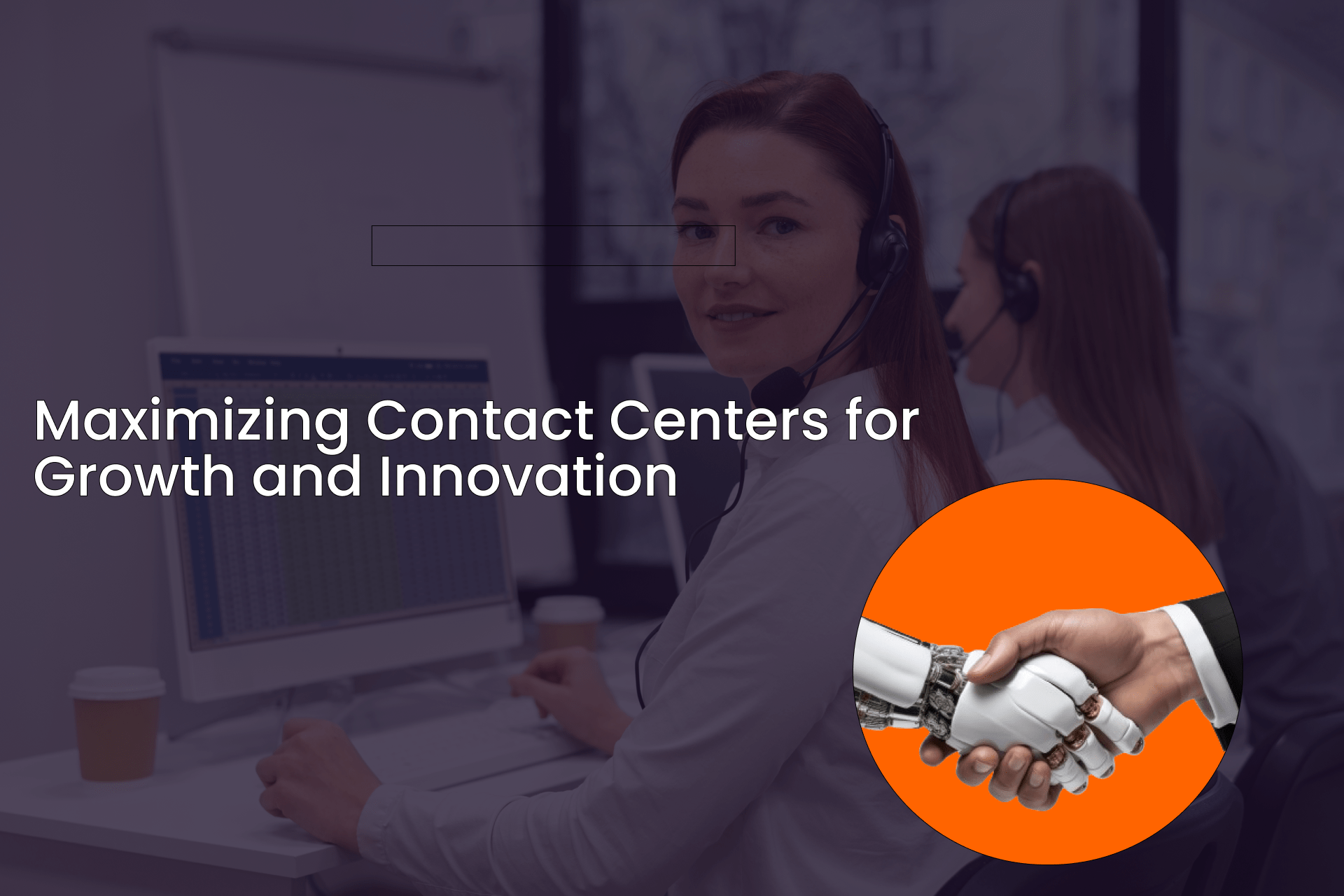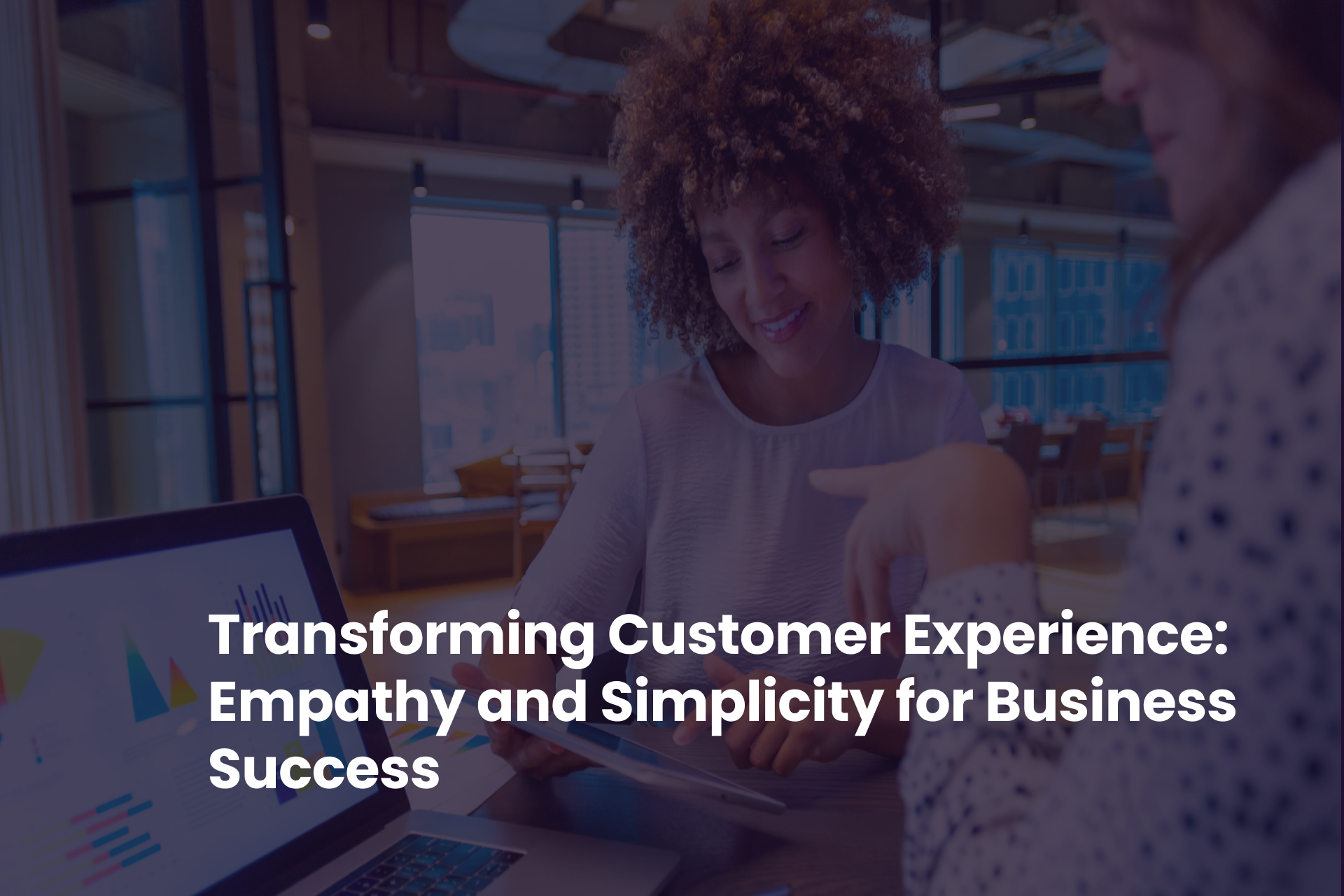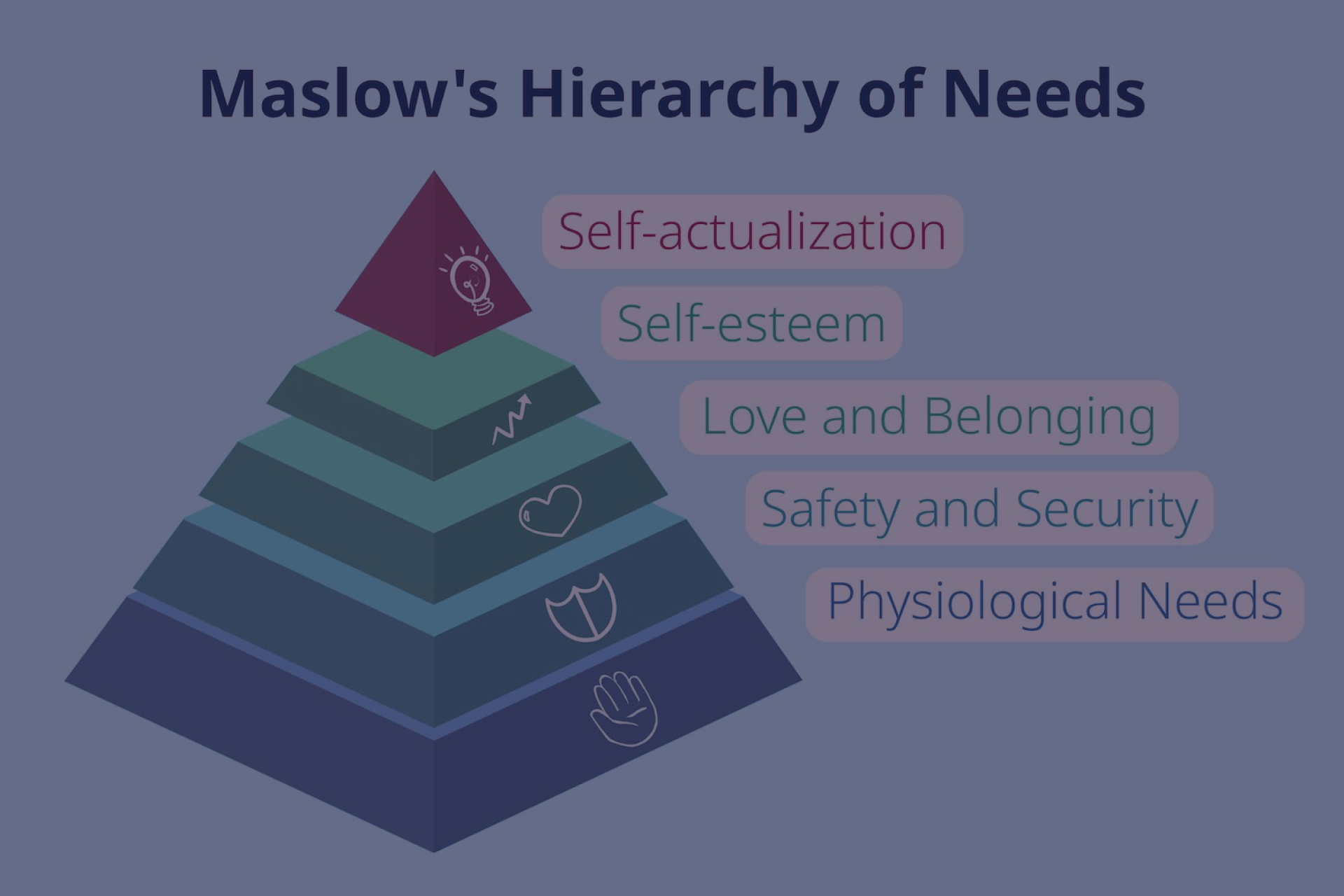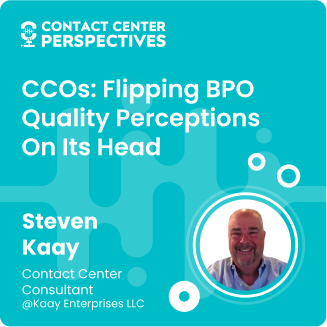Maximizing Contact Centers for Growth and Innovation

Byline: This article is based on an interview with Tracey Virtue, Chief Customer Success Officer at NEOGOV & President of High Line Software (subsidiary)
Introduction:
Tracey Virtue, President of NEOGOV, explores the impact of contact centers on other departments within an organization. Virtue shares a real-life example of how the contact center at NEOGOV played a crucial role in acquiring and integrating a company with a standalone payroll, HR, time, and attendance system. She explains how the contact center collaborated with the product development team to gather customer feedback, test new features, and ensure a smooth transition to a multi-tenant software solution. The conversation highlights the evolving role of contact centers, from cost to value centers, and the importance of setting them up the right way to maximize their potential.
Key Takeaways:
- Contact centers should be viewed as value centers rather than cost centers, and their potential can be maximized as companies evolve and adapt.
- The contact center’s role extends beyond customer service. By providing feedback on customer expectations, it can contribute to marketing campaigns, product development teams, and more.
- Companies that can move quickly and adapt quickly can leverage their contact centers more than most organizations today.
Contact Centers as a Bridge Between Marketing and Product Development
Contact centers have traditionally been viewed as cost centers, primarily focused on customer service and support. However, their potential to impact other departments, such as marketing and product development, must be addressed. Tracey Virtue’s insights on how contact centers can play a crucial role in bridging the gap between these departments and driving value for the organization.
According to Virtue, one key way contact centers can impact product development is by gathering feedback from customers. In the case of NEOGOV, which acquires other companies and integrates their products into its multi-tenant software-as-a-service platform, the contact center plays a vital role in understanding customer needs and relaying them to the product team. By having direct conversations with customers, contact center agents can provide valuable insights into the use cases, problems, and desired features customers seek.
Leveraging Customer Feedback for Product Improvement
When NEOGOV acquired a company with a complex payroll, HR, time, and attendance system, the challenge was to integrate it into their existing multi-tenant software. Not all customers could immediately transition to the new system, so the contact center became instrumental in understanding their needs and relaying them to the product and engineering teams. As Virtue explains, “The contact center could test it. They can understand more of the scenarios that they have to be able to go through to make sure the software is working as expected.”
This example highlights the value of contact centers in product development. Contact centers can provide real-world feedback and use cases that help shape product design and development by acting as a conduit between customers and product teams. This ensures that the product meets customer expectations and reduces the need for extensive customer interviews, as the contact center can provide valuable insights based on their interactions.
The Role of Contact Centers in Marketing Campaigns
In addition to product development, contact centers can also impact marketing campaigns. Virtue points out that contact centers can provide feedback on customer expectations set by marketing campaigns. Interacting with customers daily gives contact center agents a unique perspective on how marketing messages are received and interpreted. They can identify gaps between customer expectations and the promises made in marketing materials.
This feedback is invaluable for marketing teams as it helps them refine their messaging and ensure that it aligns with the reality of the offered product or service. As Virtue explains, “The contact center is the voice of the customer. They can tell you, ‘Hey, this is what the customer expects. This is what they’re saying. This is what they’re experiencing’ and so much more.” By leveraging this feedback, marketing teams can create more targeted and effective campaigns that resonate with customers and drive better results.
From Cost Center to Value Center: Maximizing the Potential of Contact Centers
The traditional view of contact centers as cost centers needs to be reevaluated. As Virtue emphasizes, contact centers should be seen as value centers that can contribute significantly to an organization’s success. However, this transformation doesn’t happen overnight. It requires continuous evolution and improvement as companies grow and their needs change.
To maximize contact centers’ potential, organizations need to invest in training and empowering their agents. They should also provide them with the tools and resources necessary to gather and analyze customer feedback effectively. Additionally, contact centers should have a strong feedback loop with product and marketing teams, ensuring that insights are shared and acted upon.
By embracing this shift in mindset and investing in developing their contact centers, organizations can unlock the full potential of these valuable assets. They can leverage the knowledge and insights from customer interactions to drive product innovation, improve customer experiences, and create more effective marketing campaigns.
Conclusion
Contact centers can impact various organizational departments, including marketing and product development. By gathering customer feedback and sharing it with product teams, contact centers can help improve product design and development. They can also provide valuable insights into customer expectations set by marketing campaigns, enabling marketing teams to refine their messaging and create more targeted campaigns.
To fully leverage contact centers’ potential, organizations must shift their perspective from seeing them as cost centers to value centers. This requires continuous evolution and improvement and investing in training and empowering contact center agents. By embracing this transformation, organizations can unlock the full potential of their contact centers and drive greater value for their customers and the business as a whole.
Looking for specific information?
Our specialist will help you find what you need in customer service outsourcing
Book a callDiscover Contact Center Perspectives Podcast
Discover the themes that resonate most with your challenges
 English
English





